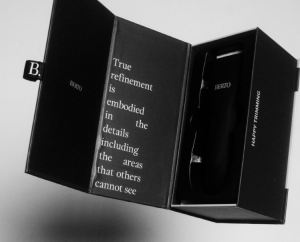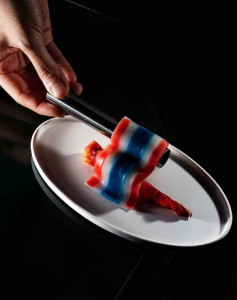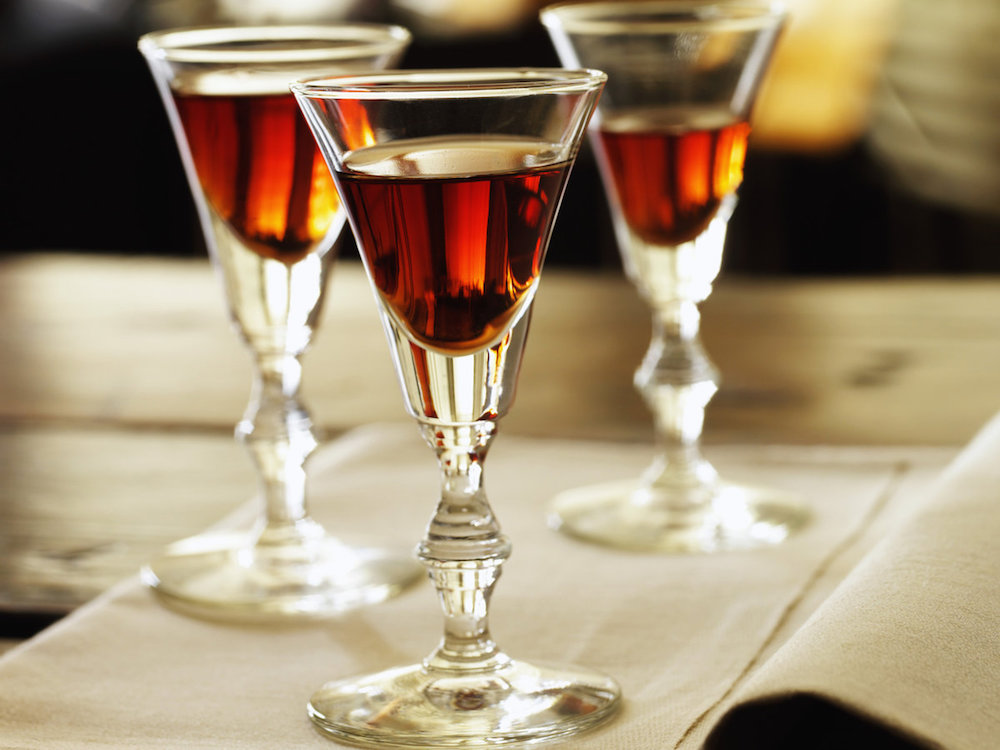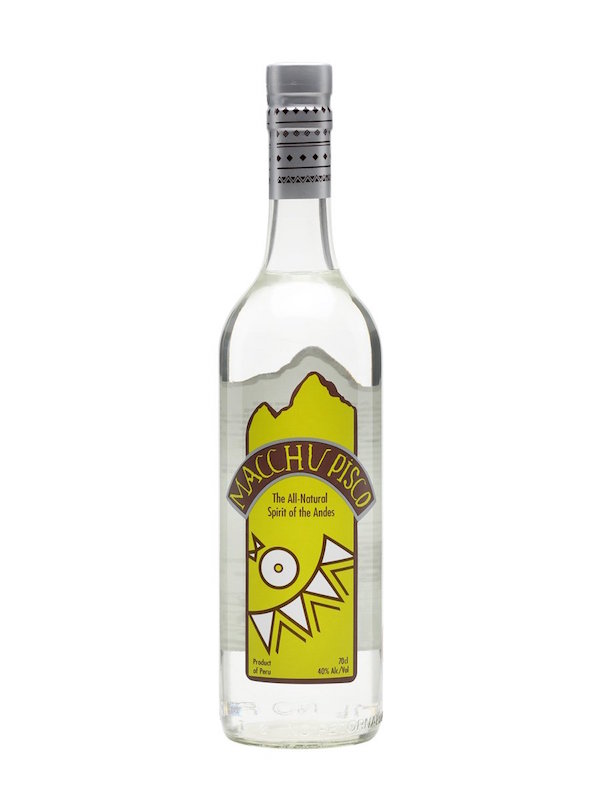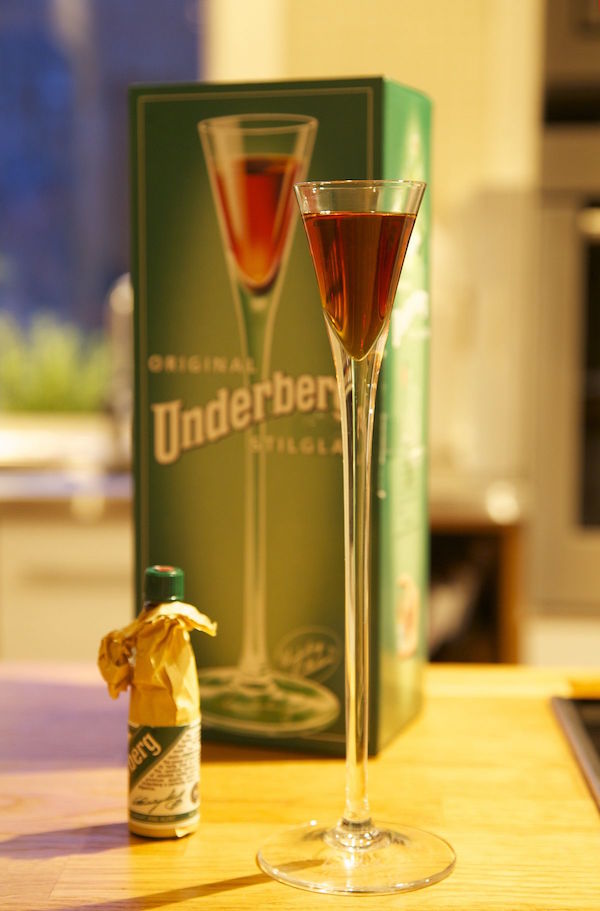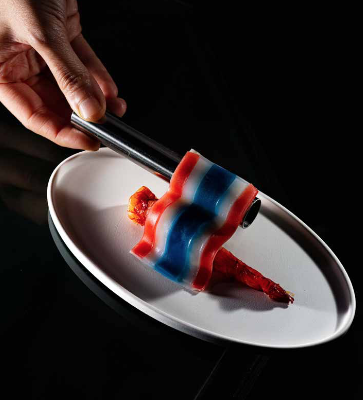It’s not Christmas without a tightly-packed schedule of decadent meals. While there’s nothing better than spending time together, the never-ending lunches and dinners can take a toll on your stomach. After a four-hour feast, a few sips of one of these digestifs will help you beat the food coma and get back to optimal partying level (or just have a few extra bites). Digestifs fell out of favour for a period, but now they’re back with a vengeance, and it’s fair to say no meal is complete without one. Made in every corner of the world, in countless colours and flavours, digestifs only have two things in common: they’re complex in taste and texture, and were created to aid digestion. Find your favourite after-dinner drink with this diverse selection of of digestifs, guaranteed to get you through the holidays one sip at a time.
Fernet Branca
This is the Italian digestif par excellence. Fernet Branca is one of oldest herbal liqueurs from Northern Italy, founded in Milan in 1845. The original recipe is made from 27 herbs and various unknown ingredients that make it uniquely bitter and minty – ideal to end a heavy meal. Legend has it that the only person who knows the original formula is Fernet Branca’s president. It’s also something of a cult-favourite, with bartenders around the world vying for their very own ‘Fernet Coin’. Drop one on the bar, and if the bartender doesn’t have one they owe you a shot. If they do, you owe them a shot.
Macchu Pisco
Coming from the Andes in Peru, Macchu Pisco is a largely unknown gem. While abroad is usually used in cocktails, pisco is in fact a type brandy and is traditionally consumed on the rock as a digestif. Made from Quebranta grapes and distilled in copper pot following ancestral methods, its natural and non-aromatic flavour can be a pleasant out of the ordinary end to a meal.
Chateau du Tariquet VSOP Bas Armagnac
A list of digestifs is not complete without an Armagnac – the distinctive brandy from Southwest France. Chateau du Tarinquet is a perfect replacement for dessert thanks to its caramel and vanilla aromas. It’s also great at Christmas, with warming, spicy notes.
Underberg
German classic Underberg says right on its label that it was crated to be enjoyed “after a good meal”. One of the most popular liqueurs of Germany, it’s made out of dozens of herbs from more than 40 countries, each one has a medicinal value that is assured to help your digestion and have a relaxing effect.
O.P Anderson Aquavit
Aquavit is not just one of Scandinavia’s greatest exports but also a great digestif that comes in different flavours and colours depending on the country of origin. O.P Anderson is a popular Swedish version of the liquor that is enjoyed at many different occasions, including Christmas. Made with fennel, anise and caraway, is both refreshing and distinctively aromatic- but be warned – its strong and the effects will sneak up on you.
Manille
If you havent’t heard of Manille yet, it’s probably because it was only created in 2014 by the oldest distillery in the Philippines. A Filipino take on the Italian liqueur Limoncello, it celebrates Philippine citrus fruits: dalandan (Filipino orange) and calamansi (Filipino lime). Thanks to its zesty notes – which naturally aid digestion – and the sweet freshness that comes from its natural ingredients, it’s a valid alternative to more conventional digestifs. If you find it in Hong Kong, let us know!





